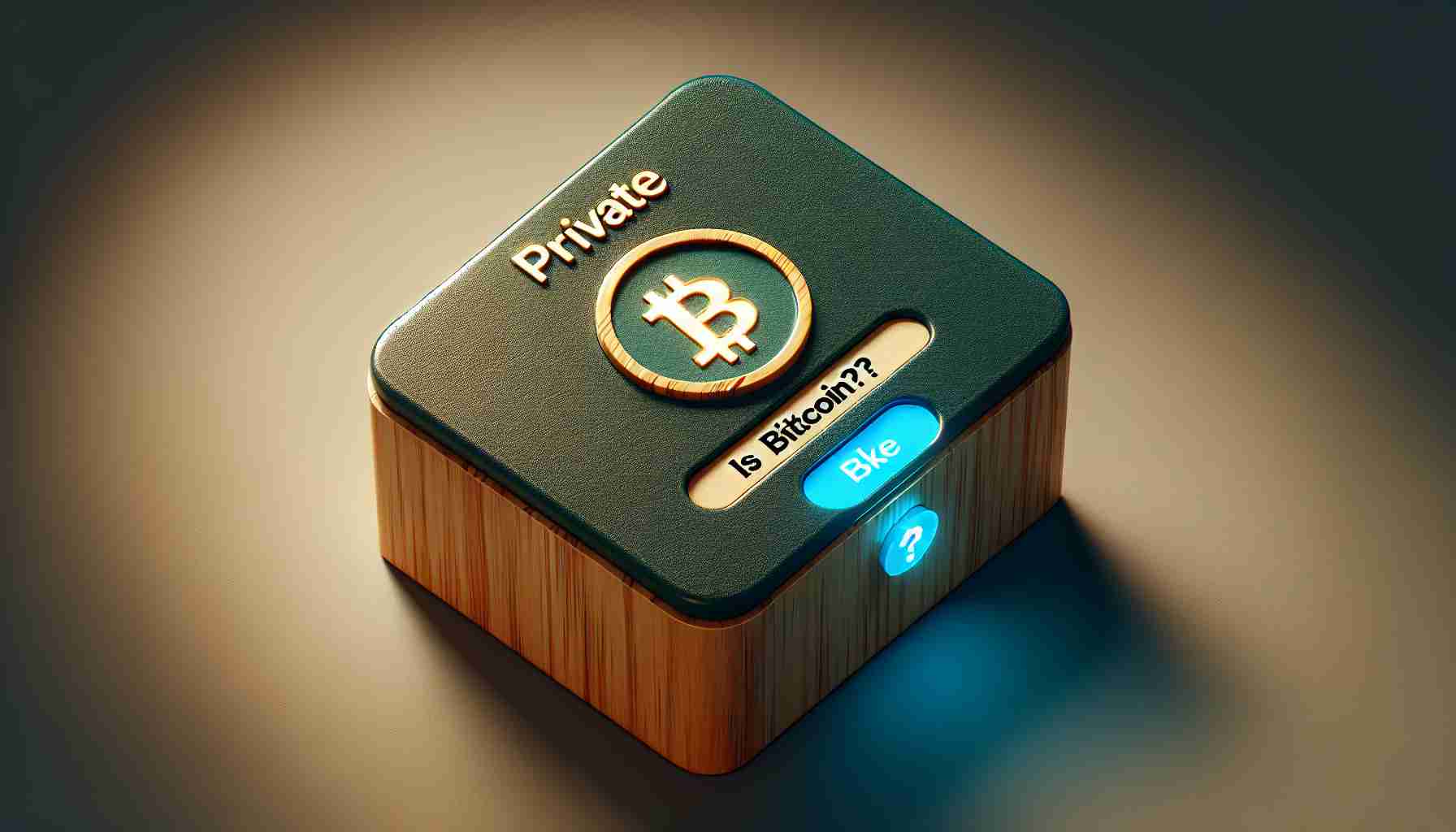As Bitcoin enters its fifteenth year since inception, the question of whether to invest remains pressing. This cryptocurrency was launched in 2009, promising a decentralized alternative to traditional financial systems. Its allure has only grown, driven by tales of astronomical returns. But should you invest in Bitcoin today?
Firstly, understanding Bitcoin’s role is crucial. It operates on a technology called blockchain, offering security and transparency secured by a decentralized network. Its limited supply—only 21 million bitcoins will ever exist—creates a sense of scarcity that can drive demand.
However, the value of Bitcoin is notoriously volatile. In 2021, it reached all-time highs of nearly $69,000 per Bitcoin, yet it has also seen dramatic declines, showcasing its unpredictability. This volatility is a double-edged sword: potential for high returns, but also significant risk of loss.
Consider the utility of Bitcoin. Beyond price speculation, Bitcoin is sometimes heralded as “digital gold,” used as a hedge against inflation. Some corporations and institutions have begun integrating Bitcoin into their portfolios, viewing it as a store of value.
Regulation is another factor. Governments worldwide are grappling with how to manage cryptocurrencies, which could significantly impact Bitcoin’s future. Increased regulation could add legitimacy and stability but might also hinder its growth potential.
In summary, investing in Bitcoin today could offer substantial rewards, but it comes with high risk and uncertainty. Examine your risk tolerance and overall investment strategy carefully before diving in. As with any investment, conducting thorough research and consulting with a financial advisor is advisable.
Why Bitcoin’s Block Reward Halving Could Transform the Future of Cryptocurrencies
As Bitcoin’s popularity soars, a phenomenon called the “block reward halving” will profoundly impact the cryptocurrency landscape, affecting investors, economies, and global markets. But what is this halving, and why does it matter?
Understanding Bitcoin’s Halving
Every four years, or after 210,000 blocks are mined, Bitcoin undergoes a halving event where the reward for mining new blocks is cut in half. This process will continue until the total supply of Bitcoin reaches its cap of 21 million. The upcoming halving, expected around 2024, will reduce the mining reward from 6.25 to 3.125 bitcoins per block, which historically correlates with a surge in Bitcoin’s price.
Economic Implications
Bitcoin halving inherently increases scarcity, potentially driving up demand and value. This scarcity effect mimics precious metals like gold, impacting how global economies perceive and utilize Bitcoin. Investors speculate that future halvings will convergently raise prices due to limited supply against growing demand.
A Catalyst for Innovation
With reduced mining rewards, miners must innovate to maintain profitability. This has led to significant advancements in energy efficiency and mining technology, stimulating economic activities and investments in renewable energy sources globally. Can Bitcoin mining drive a green revolution?
Investment Considerations
Should new investors plunge into the world of Bitcoin? Timing the market around halving events may offer lucrative opportunities, but it’s not without risks. Investigating further information from reliable resources is imperative.
For more insights into the cryptocurrency space, visit Cointelegraph or explore updates on CoinDesk for diverse perspectives on Bitcoin and its future.
















